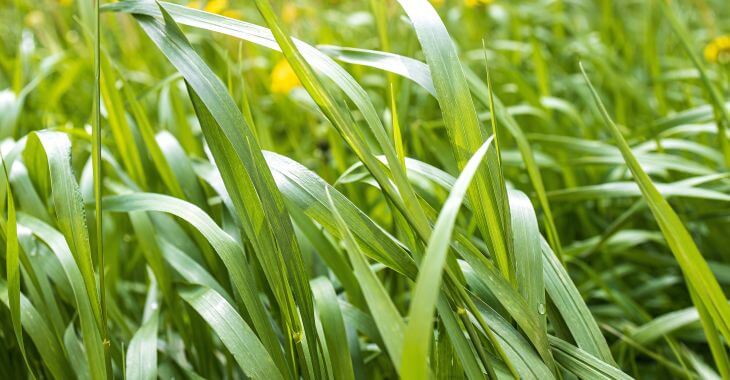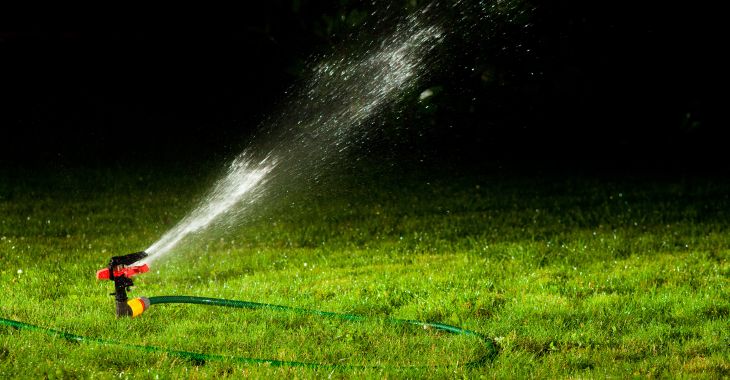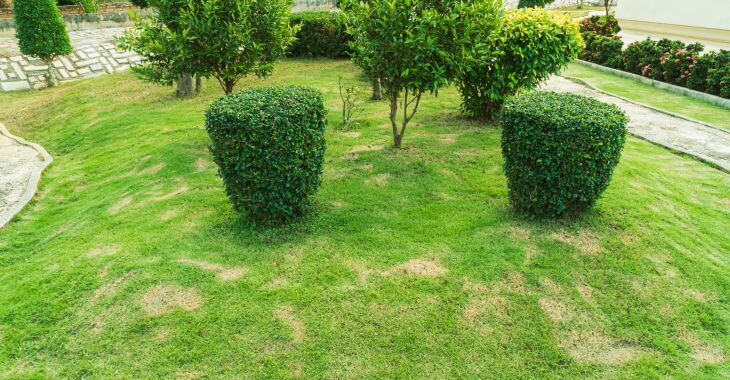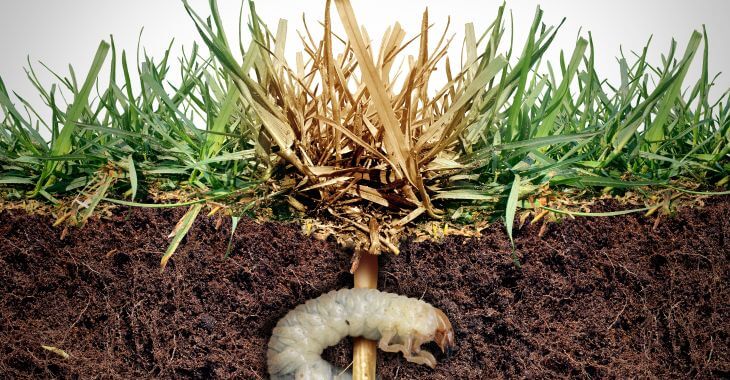Benefits of Lawn Aeration and Overseeding
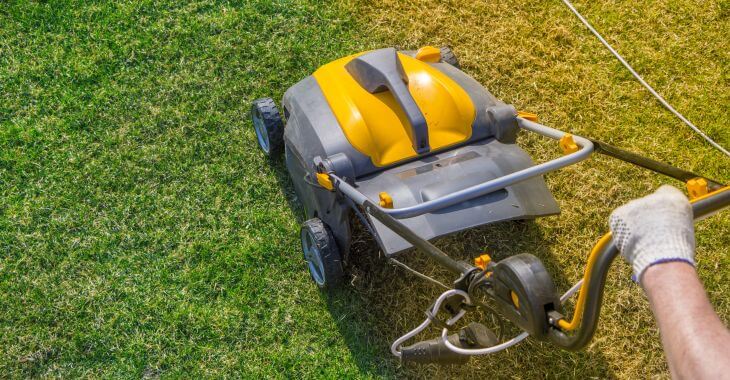
Lush, green lawns are the envy of every homeowner, but achieving and maintaining a healthy turf requires more than just regular watering and fertilization. Lawn aeration and overseeding are two essential practices that can significantly improve the health and appearance of your lawn.
Lawn aeration and overseeding are practices used to promote thicker, more vibrant grass and reduce common issues such as soil compaction, thatch buildup, and bare patches. The following are the benefits of lawn aeration and overseeding and when to mow after these treatments.
Improved Soil Aeration
Over time, soil can become compacted due to foot traffic, heavy machinery and natural settling. Compacted soil restricts the flow of air, water and nutrients to the grassroots, hindering the growth of healthy turf.
Lawn aeration involves perforating the soil with small holes to alleviate compaction and allow for better air circulation and nutrient absorption. This reduces compacted soil for better water, air and nutrient penetration.
Enhanced Water Infiltration
Compacted soil also inhibits water penetration, leading to surface runoff, puddling and waterlogged areas. By aerating the soil, water infiltration is improved, reducing the risk of water runoff and promoting deep root growth. This helps to maintain a healthy balance of moisture within the soil.
Reduction of Thatch Buildup
Thatch, a layer of organic debris that accumulates on the soil surface, can suffocate grass roots and create an ideal environment for pests and diseases. Over time, thatch can create a thick blanket over the soil.
Aeration helps to break up thatch and promote its decomposition, allowing for better nutrient absorption and root development. This helps to prevent thatch buildup and maintain a healthy balance of organic matter in the soil.
Stimulated Root Growth
Aerating the soil creates space for the grassroots to expand and develop, leading to stronger, more robust root systems. Deep root growth is essential for drought resistance, as it allows grass to access moisture and nutrients from deeper soil layers.
By stimulating root growth, lawn aeration helps to create a more resilient turf that can withstand environmental stresses and adverse conditions. This helps the grass become more drought- and weed-resistant.
Increased Turf Density
Over time, lawns can develop thin or bare patches due to factors such as foot traffic, pests and disease. Overseeding involves spreading grass seed over existing turf to fill in these bare areas and promote denser, more uniform grass coverage.
Overseeding helps to create a thicker, healthier lawn that is more resistant to weeds, pests and environmental stresses.
Improved Grass Varieties
By overseeding with high-quality grass seed blends, homeowners can introduce new grass varieties that are better adapted to their local climate and growing conditions. Modern grass cultivars are often more disease-resistant, drought-tolerant and low-maintenance, resulting in a more resilient lawn.
Overseeding with premium grass seed blends can also improve the overall appearance of your lawn, enhancing its color, texture and overall aesthetic appeal. New grass varieties may have finer blades, deeper green hues, and better tolerance, resulting in a more vibrant and visually pleasing turf.
Weed Suppression
A dense, healthy lawn is the best defense against weeds, as it shades the soil surface and competes with weed seeds for space and resources. By overseeding regularly, homeowners can maintain a thick, vigorous turf that naturally suppresses weed growth, reducing the need for chemical herbicides.
When to Mow After Aeration and Overseeding
After lawn aeration and overseeding, it is essential to wait until the new grass has had sufficient time to establish before mowing. Mowing too soon can disrupt the delicate germination process and damage the newly seeded areas.
As a general rule of thumb, it is best to wait until the new grass planted from overseeding reaches a height of at least 3 to 4 inches before mowing.
For cool-season grasses such as Kentucky bluegrass, fescue and ryegrass, this typically occurs 2 to 3 weeks after overseeding. Warm-season grasses such as Bermuda grass, zoysia grass and centipede grass may require slightly longer to establish, typically 3 to 4 weeks after overseeding.
When mowing newly seeded areas, be sure to use a sharp mower blade and set the cutting height to a height that removes no more than one-third of the grass blade. Avoid mowing when the soil is wet, as this can compact the soil and damage the delicate new grass seedlings.
Lawn aeration and overseeding are essential practices for maintaining a healthy, vibrant lawn. By aerating the soil and overseeding it regularly, homeowners can improve soil aeration, water infiltration, and root growth while also promoting denser, more uniform grass coverage.
By understanding the benefits of aeration and overseeding and the proper timing of mowing after aeration and overseeding, homeowners can achieve a lush, green lawn that enhances the beauty and value of their property for years to come.
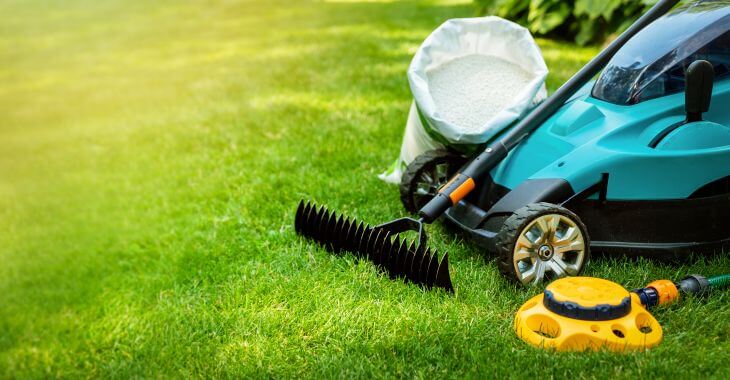
Aeration and overseeding can require specialized equipment and landscaping expertise. For many homeowners desiring a healthy, resilient lawn, hiring a landscaping company to provide lawn aeration and overseeding is a worthwhile investment.
